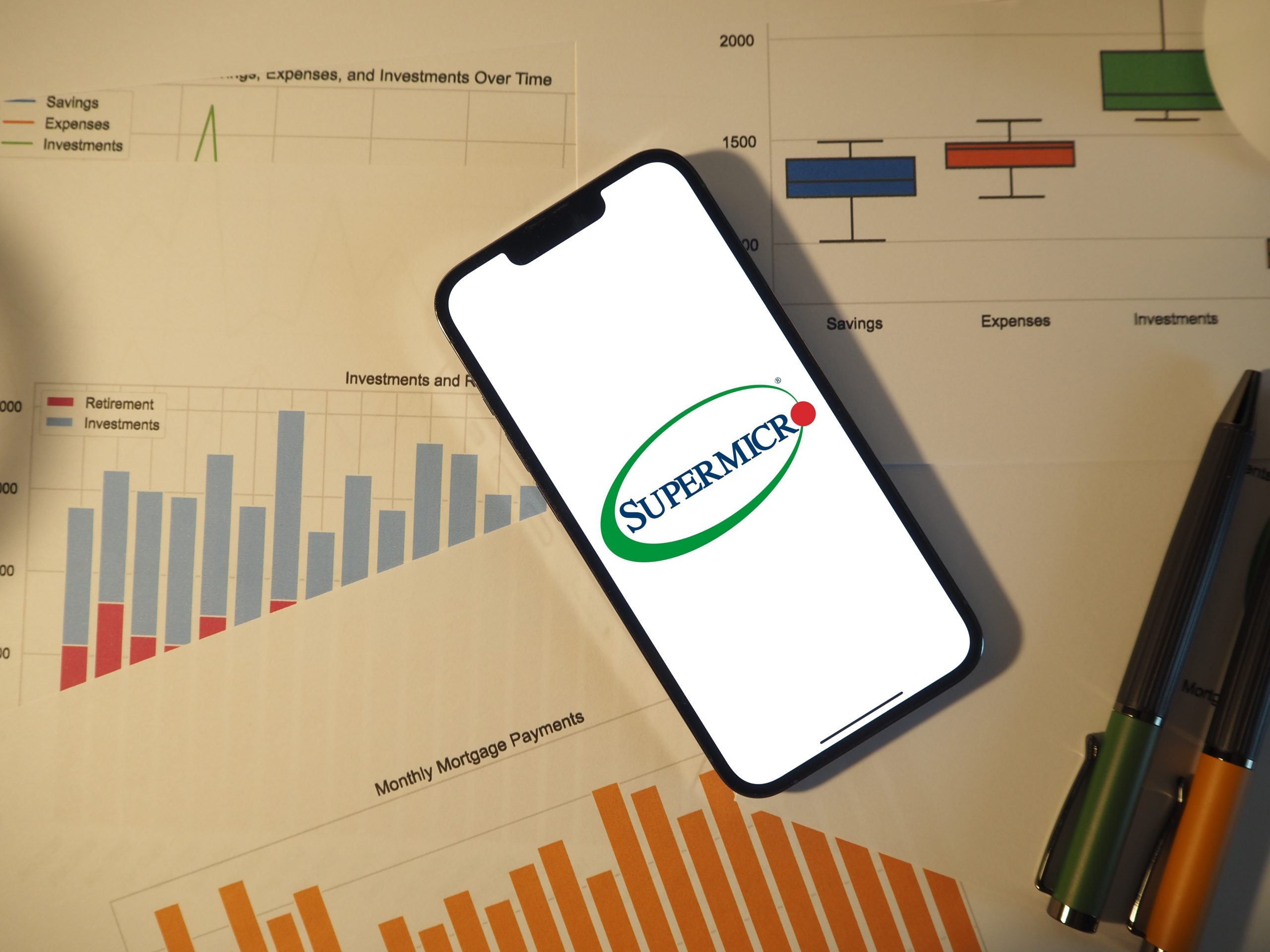Spotting a Market Bottom Using the Golden Cross, Relative Strength and Breadth Thrust
Stock market bottoms aren’t easy to identify, but investors and traders can use metrics like the golden cross, the relative strength indicator (RSI) and the breadth thrust indicator to assess whether a bullish reversal may be developing.

After a tumultuous start to the trading year, the major U.S. stock indices have rebounded in strong fashion during recent weeks. The S&P 500, for example, is up roughly 13% since hitting its 52-week low in mid-June.
The big question now is whether the rally will continue to build steam during H2 2022, or whether the stock market is in store for another bout of intense volatility, which could see the major averages retest the 2022 lows.
Obviously, there’s no definitive way to predict how the markets will perform during the last five months of the trading year. However, there are several metrics that investors and traders can follow to glean additional insight into the current trading environment.
Taken altogether, these market signals should help market participants further assess whether the bottom is already in, or whether a rocky road still lies ahead.
The Golden Cross
One traditional sign that bullish sentiment has officially taken hold in the financial markets is a “golden cross.”
A golden cross occurs when a security’s short-term moving average breaks above its long-term average—a development that’s often interpreted as a bullish breakout. If the golden cross is accompanied by stronger than average trading volume, that can be a secondary signal that bullish sentiment has taken hold.
When it comes to the major stock indices, some of the most-followed moving averages include the 50-day and the 200-day. Using these measures, a golden cross occurs when the 50-day moving average rises above the 200-day moving average, as illustrated below.

Source: businessyield.com
Moving averages—couched within the “technical analysis” philosophy of investing/trading—are viewed as helpful in analyzing longer-term trends in a single stock, a stock index, or pretty much any other investable/tradable asset that can be viewed on a price chart.
In the most basic terms, a simple moving average (SMA) calculates an asset’s average closing price over a set window of time. SMAs typically appear as a line on a price chart, and can help investors and traders identify emerging trends.
The 200-day moving average in the S&P 500 is one of the most-followed SMAs, and is calculated by adding the closing prices of the last 200 sessions for the S&P 500, and dividing that sum by 200, and then repeating the next day and so on.
At present, the 50-day moving average in the S&P 500 is 3,945, while the 200-day moving average is 4,335. That data shows that a golden cross has yet to materialize in the S&P 500, despite the recent rebound.
Market participants may therefore want to track these moving averages closely in the coming weeks, as the emergence of a golden cross pattern could signal that the bottom for 2022 is officially in.
The Relative Strength Indicator (RSI)
The RSI is another metric that market participants can follow to glean insight into market sentiment.
Similar to moving averages, the relative strength indicator hails from the technical analysis discipline and is viewed as an indicator of momentum. RSI essentially measures the speed and momentum of a given security’s recent price movement.
RSI is expressed as a number between 0 and 100, and is typically displayed on a line graph. Generally, RSI goes up as the number and magnitude of “up” days increases, and RSI goes down when the number and magnitude of “down” days increases.
Traditionally, a security with an RSI above 70 is considered overbought, while a security with an RSI below 30 is considered oversold. Some market participants use these levels as signals to assess whether a security is primed for a potential reversal in trend.
Source: thaifrx.com
For example, when the RSI is below 30, some might view oversold conditions as an attractive entry point for a bullish reversal. On the other hand, an RSI above 70 might indicate the security is due for a bearish reversal.
Interestingly, the current RSI for the S&P 500 is roughly 55, which means it is hovering exactly between those key levels. An RSI of 50 might be thought of as between trends, or possessing no discernible trend.
In this regard, the current RSI of the S&P 500 doesn’t provide definitive guidance. However, that could change at any time, which is why investors and traders may want to monitor the RSI of the major stock market indices going forward.
If the RSI of the S&P 500 swings toward one extreme or the other, that could provide further insight into whether the market has already bottomed in 2022.
The Breadth Thrust Indicator
In the world of economics, it’s often said that “a rising tide lifts all boats.” This expression suggests that an improving economy is good for all of its participants.
When it comes to the stock market, the principle is much the same. Generally speaking, when an extremely high number of stocks are rallying, that can be a sign that the stock market may have bottomed. The breadth thrust indicator is one measure that market participants can use to track this trend.
To calculate this statistic, one must identify so-called “advancers” and “decliners.” For example, on a given day there might be 400 stocks from the S&P 500 moving up and 100 moving down—400 advancers and 100 decliners.
The breadth thrust indicator is calculated by identifying the number of advancing stocks and then dividing that figure by the total number of stocks in the group. Using the previous example that would be 400/500. Once that figure is calculated, the next step is to produce a 10-day moving average.
The indicator tends to be highly reliable when the 10-day moving average moves from below 40% to above 61.5% in any 10-day period. Since 1945, there have only been 14 instances in which this has occurred. And in the wake of those 14 instances, the stock market’s average return was nearly 25% over the ensuing 11 months.
Generally speaking, the triggering of the aforementioned parameters (moving from below 40% to above 61.5% in a 10-day period) reflects how the advance/decline figures go from subpar to excellent in a compressed period of time.
Circling back to the original expression, one can see how the lifting of many boats (i.e. stocks) might be a good indication of a rising tide (i.e. a bullish reversal). And this would be especially true if all three of the aforementioned metrics (golden cross, oversold RSI, and the breadth thrust indicator) are flashing green at the same time.
For more background on technical analysis, check out this previous installment of Tasty Extras on the tastytrade financial network. To follow everything moving the financial markets on a daily basis, tune into TASTYTRADE LIVE—weekdays from 7 a.m. to 4 p.m. CDT.
Sage Anderson is a pseudonym. He’s an experienced trader of equity derivatives and has managed volatility-based portfolios as a former prop trading firm employee. He’s not an employee of Luckbox, tastytrade or any affiliated companies. Readers can direct questions about this blog or other trading-related subjects, to support@luckboxmagazine.com.



















